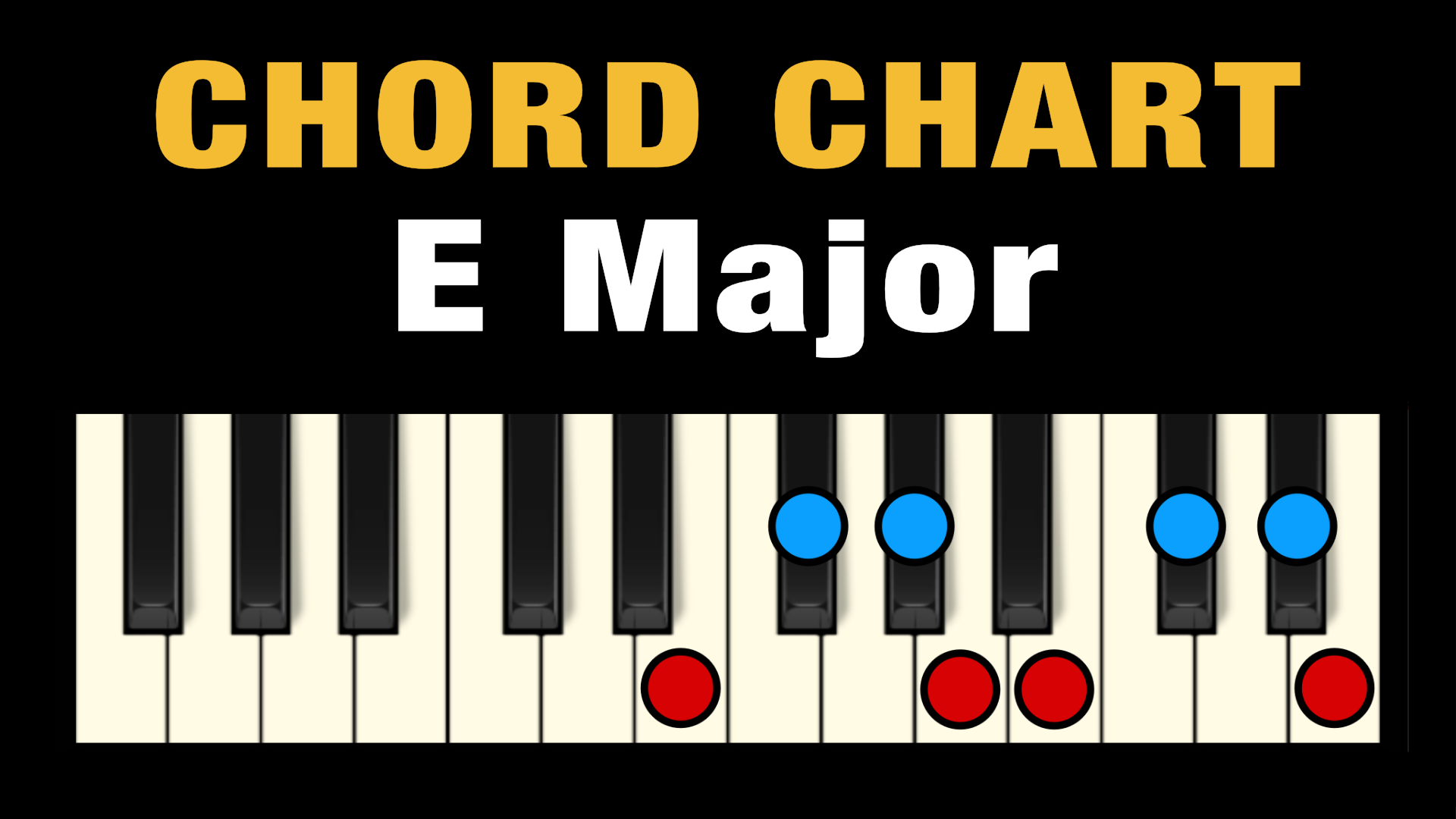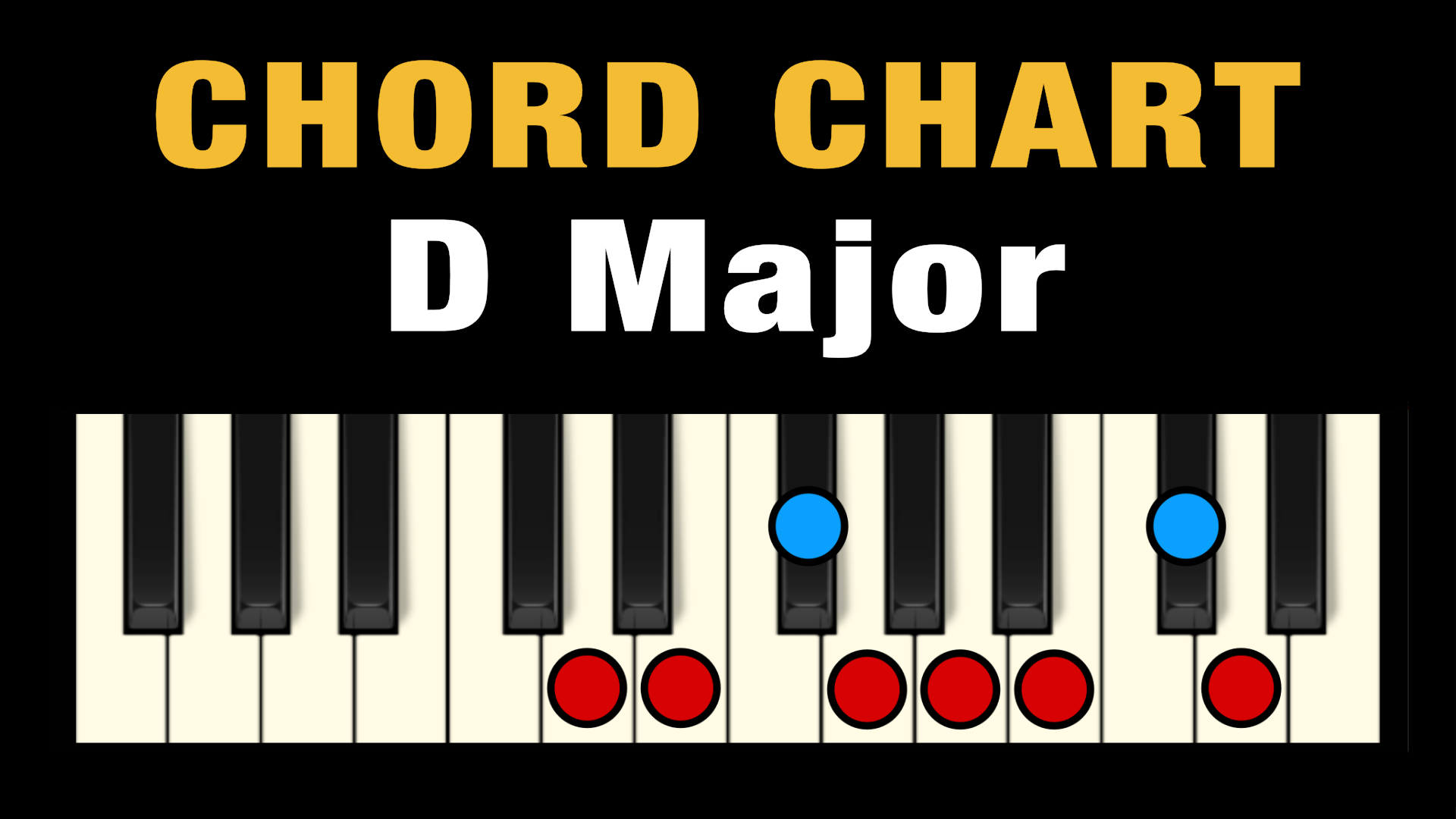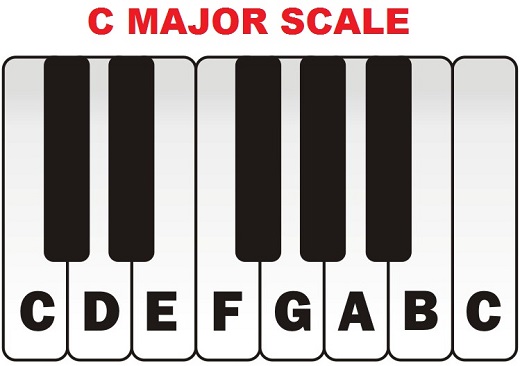F Minor is a key signature used in music composition and is one of the most common minor keys. It contains seven chords that are built from the notes of the F Minor scale. These chords are often used in blues, folk, and rock styles of music. They are also popular in jazz, classical, and other forms of music. The F Minor scale has a unique sound and is used to create a range of different moods. Learning to play F Minor Piano Chords & Notes can help you create beautiful and expressive music.
Exploring the Unique Sound of F Minor in Piano Music
The key of F minor, often considered to be a melancholic and sorrowful key, is a popular choice for piano music. Its unique tonal characteristics provide a platform for composers to explore a range of emotions and textures. Its primary tonic, F, is the root of the harmonic series and the lowest note on the piano. The minor third, A-flat, adds a sense of longing and nostalgia, while the minor sixth, C, contributes a feeling of sadness. The minor seventh, B-flat, then provides a sense of resolution and resolution.
Because of the minor third and minor sixth, F minor often lends itself to a rather dark and brooding sound. The minor third is particularly associated with sadness and loneliness, while the minor sixth is known for its reflective, introspective qualities. This has made F minor an ideal choice for pieces that evoke a sense of sadness or loss. Beethoven’s “Moonlight Sonata” is an excellent example of this, as its slow, melancholic progression through the minor third and minor sixth of F minor creates an atmosphere of deep sorrow and regret.
Other composers have used F minor to explore a more uplifting and hopeful sound. Chopin’s Prelude in F Minor is a perfect example of this, as its slow, gentle progression through the minor third and minor sixth of F minor creates a feeling of peacefulness and contentment. The minor seventh of F minor also adds a sense of closure and resolution, which is often echoed in the final cadence of the piece.
F minor is also a popular key for jazz and blues music, as its minor third and minor sixth provide an ideal platform for improvisation. Jazz musicians often use F minor to explore a range of textures and moods, from upbeat swing to slow, soulful blues. The minor seventh of F minor also adds a sense of resolution and resolution, which is often echoed in the ending of the song.
In conclusion, F minor is a popular key for piano music due to its unique tonal characteristics. Its minor third and minor sixth provide a platform for composers to explore a range of emotions, from melancholic sadness to peaceful contentment. The minor seventh of F minor also adds a sense of resolution and resolution, which is often echoed in the final cadence of the piece. For these reasons, F minor is an excellent choice for a variety of musical styles.
5 Simple yet Beautiful Songs Featuring F Minor Piano Chords
1. “Path” by Ludovico Einaudi: This hauntingly beautiful song is written in a classical style, and its melody is composed of gentle and slow-paced F minor piano chords.
2. “River Flows In You” by Yiruma: This song has become a modern classic, with its slow tempo and simple yet emotive melody composed of F minor piano chords.
3. “Fur Elise” by Ludwig van Beethoven: This traditional classical piece is composed of hauntingly beautiful F minor piano chords, making it a perfect choice for any occasion.
4. “A Thousand Years” by Christina Perri: This song perfectly captures the poignancy of a heartfelt love story with its sweet yet melancholic melody composed of F minor piano chords.
5. “Piano Man” by Billy Joel: This classic song tells the story of a struggling piano player, with its mellow and melancholic melody composed of soothing F minor piano chords.
How to Play F Minor Chords on the Piano
Playing F Minor chords on the piano is a simple task that requires only a basic knowledge of the instrument. To begin, locate the F note on the piano, which is located on the first white key to the right of the group of two black keys.
To create an F Minor chord, the player must press down on the F note and two additional keys; the C note, which is two white keys to the left of the group of two black keys, and the A note, which is located two white keys to the left of the C note. Simultaneously depressing all three of these notes will create an F Minor chord.
When playing an F Minor chord, it can be helpful to practice the fingering in order to ensure the correct placement of the fingers. The thumb should press down on the F note, the middle finger should press down on the C note, and the pinky finger should press down on the A note.
Piano players can also experiment with different inversions of the F Minor chord. An inversion is when the notes of a chord are rearranged in order to create a different sound. For example, pressing down on the F note, the A note and then the C note will create an inversion of the F Minor chord.
By following these steps, piano players can easily master the F Minor chord and begin playing a variety of music.
The Benefits of Learning F Minor Piano Chords
Learning how to play F Minor piano chords can be a great asset for any aspiring musician. Knowing how to play chords is an essential part of playing the piano and having the ability to play F Minor chords can help to increase the variety of songs you can play. Here are some of the main benefits of learning F Minor piano chords.
The first benefit of learning F Minor piano chords is that they are an important part of the harmonic minor scale. This means that by learning this chord, you are also gaining a better understanding of the harmonic minor scale, which can be applied to many other songs. Additionally, the F Minor chord is often used in many popular songs and can be a great way to add interest and variety to your playing.
Another benefit of learning F Minor piano chords is that they are relatively easy to play. The F Minor chord is a three note chord, which makes it relatively simple to learn and play. Additionally, the notes of this chord are located close together on the piano, which makes it easier to transition between different chords.
Finally, learning F Minor piano chords can help you develop your ear for music. By understanding the sound of this chord, you can also begin to recognize it in other songs and use it to create interesting transitions. This can be beneficial in any style of music and can help you become more creative with your playing.
Learning F Minor piano chords can be a great way to improve your playing and open up a new range of songs for you to enjoy. With its simple structure and importance in the harmonic minor scale, the F Minor chord can be a great asset to any musician.
Creative Ways to Incorporate F Minor Piano Chords into Your Songwriting
1. Create an Intro: Start your song off by using a F Minor chord progression to create an intro that sets the mood of your song. This could be done by playing a simple four-chord progression of F, A♭, C, and B♭. This will give your song a darker, more serious feel.
2. Use the F Minor Chord Progression for the Verse: Use the same four-chord progression of F, A♭, C, and B♭ for the verse of your song. This will create a consistent and recognizable sound for your song that will draw your listeners in.
3. Create a Chorus: To create a chorus for your song that stands out from the verse, use a different chord progression in the key of F Minor. A popular chord progression to use is the F Minor blues progression of F, B♭, C, and D♭. This will create a bluesy feel that will make your chorus stand out.
4. Use Modulation: To give your song a more interesting sound, try modulating to a different key for the bridge or a chorus. A common modulation for F Minor is to C minor, which can give your song a darker, more intense feel. This modulation can be achieved by playing a chord progression of F, B♭, C, and D♭.
5. Add a Solo: A great way to add an extra layer of emotion to your song is to include a solo. To make this solo stand out, use different chords than the ones used in the verse. Try playing a solo using a F Minor blues scale or a scale with the notes of F, A♭, B♭, C, D♭, and E♭. This will add a unique sound to your solo and give your song a unique sound.
By using these creative ways to incorporate F Minor piano chords into your songwriting, you can create a song that will capture the attention of your listeners and stand out from the crowd.
A Comprehensive Guide to F Minor Piano Chords and Notes
Piano music in the key of F minor can be quite haunting, creating a moody and intense atmosphere. Knowing the chords and notes of the key can help to create beautiful and emotive music. This guide provides an overview of the key of F minor, including the chords and notes used within it.
The key of F minor consists of 4 notes, F, G♭, A♭, and B♭. These notes form the basis for all the chords in the key. The chords used in F minor are the triads F minor, G♭ diminished, A♭ major, B♭ major, and C minor. The seventh chords of the key are F minor 7, G♭ half-diminished 7, A♭ major 7, B♭ dominant 7, and C minor 7.
The F minor chord consists of the notes F, A♭, and C. This is the tonic chord of the key and is often used as a starting point for pieces in F minor. It is a minor chord and is often used to create a melancholic mood.
The G♭ diminished chord consists of the notes G♭, B♭, and D♭. This chord is often used to create tension, as it contains two minor thirds and a tritone. It is used to create a sense of anticipation, as it often leads to the tonic chord.
The A♭ major chord consists of the notes A♭, C, and E♭. This chord is often used to provide a sense of resolution. It is a major chord and gives a feeling of joy and happiness.
The B♭ major chord consists of the notes B♭, D♭, and F. This chord is often used to provide an uplifting feeling. It is a major chord and is often used to create a positive atmosphere.
The C minor chord consists of the notes C, E♭, and G♭. This chord is often used to create a sense of sadness. It is a minor chord and is used to create a more somber mood.
The F minor 7 chord consists of the notes F, A♭, C, and E♭. This chord is often used to create a feeling of resolution. It is a minor chord and is often used to provide a sense of closure.
The G♭ half-diminished 7 chord consists of the notes G♭, B♭, D♭, and F. This chord is often used to create a sense of tension. It contains two minor thirds and a tritone and is used to create a feeling of anticipation.
The A♭ major 7 chord consists of the notes A♭, C, E♭, and G♭. This chord is often used to provide a feeling of joy and contentment. It is a major chord and is used to create a positive atmosphere.
The B♭ dominant 7 chord consists of the notes B♭, D♭, F, and A♭. This chord is often used to create a feeling of movement and excitement. It is a dominant 7th chord and is used to create forward momentum in a piece of music.
The C minor 7 chord consists of the notes C, E♭, G♭, and B
Conclusion
The F minor piano chord and notes provide musicians with a range of options to create a range of sounds, from dark and mysterious to bright and cheerful. No matter what type of music you are playing, using the F minor chord and notes can provide you with a unique sound that can add depth to your compositions. With a little practice, you can create beautiful pieces of music with the F minor chord and notes.
Since 2005, Singersroom has been the voice of R&B around the world. Connect with us via social media below.








